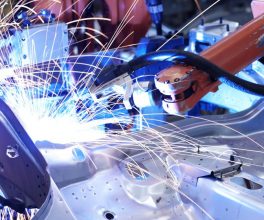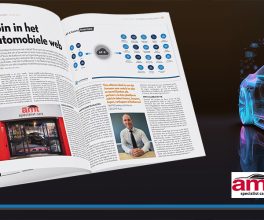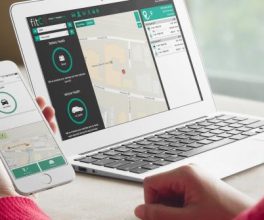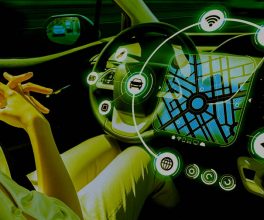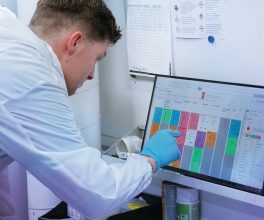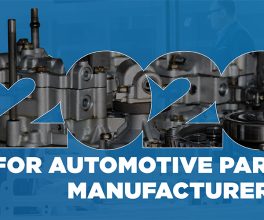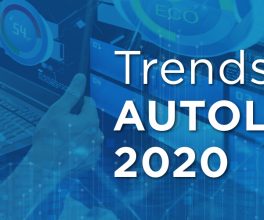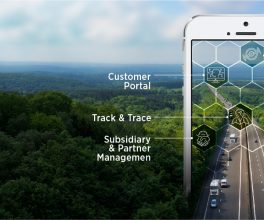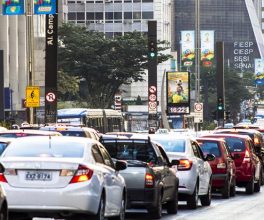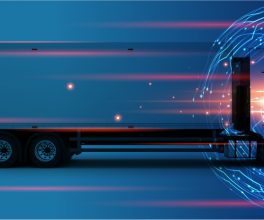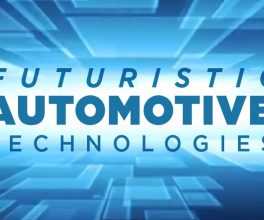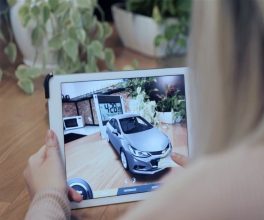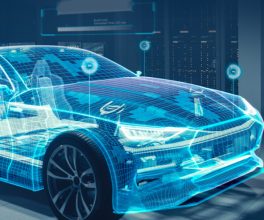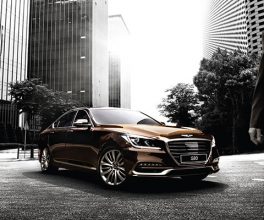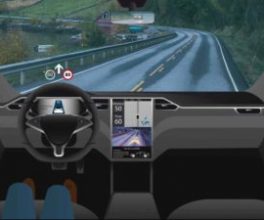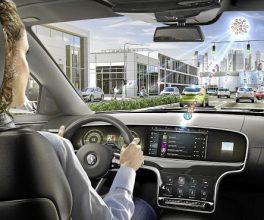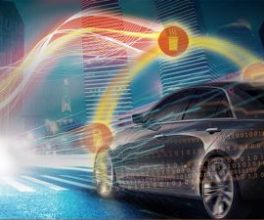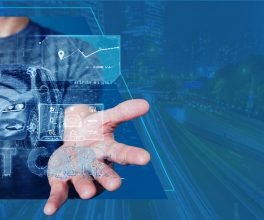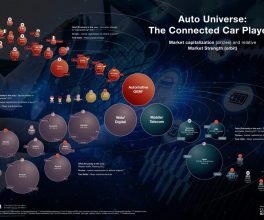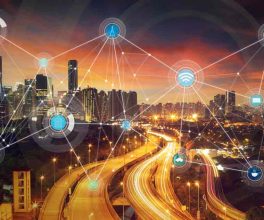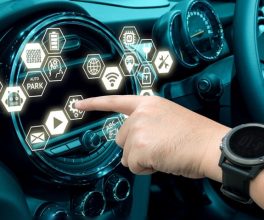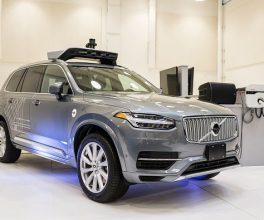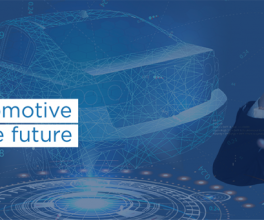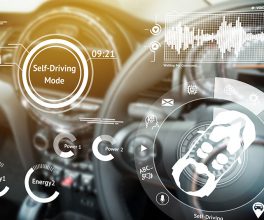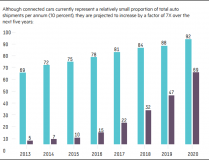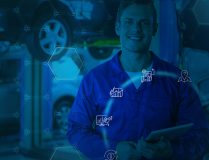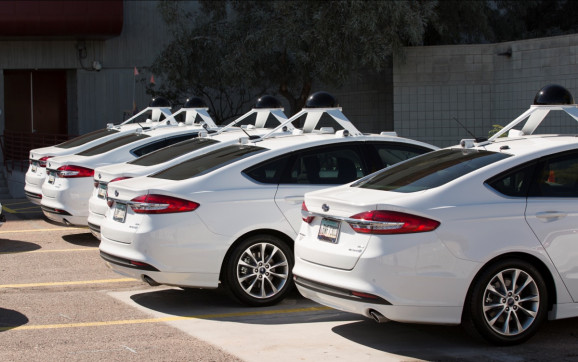As the automotive industry continues to focus on in-vehicle technology and connectivity, the benefits to drivers expand on a near-daily basis. Since the “connected car” formally debuted in 1996, it has been a staple buzzword in the tech industry. It’s become associated with the likes of cloud computing and the Internet of Things (IoT).
Fast forward to 2017, and the connected car is now a tangible reality that both drivers and passengers directly interact with on a daily basis. Just think of the simple capabilities that have become commonplace in cars in recent years. The ability to hook up a smartphone to access playlists, social media apps, and navigation systems is expected by modern drivers. Through these advances in connectivity, the in-car experience is beginning to mirror our broader digital lifestyles, and the evolution is just beginning to gain momentum.
Here’s what drivers have to look forward to in the not-so-distant future:
Enhanced driving experiences
The post-infotainment phase of connected vehicle services will combine new location-based applications and highly personalized “smart” services to consumers. A car will soon know its driver and act as a virtual assistant. It will be able to proactively offer optimized route calculations and notifications/alerts by incorporating driving habits like the driver’s infotainment content selection. Drivers will also communicate more effectively thanks to highly sophisticated artificial intelligence integration and sophisticated voice-based command controls.
Improved recall management
With over-the-air (OTA) software updates and increased network bandwidth, car owners will no longer have to deal with frustrating automaker software recalls or time-sucking visits to dealerships for simple software updates. These maintenance tasks will be routinely conducted wherever a secure Wi-Fi connection exists. OTA updates can also be conducted using other network options such as embedded cellular or driver smartphone cellular.
We’re already seeing these benefits being reaped by Silicon Valley-based Tesla. The tech-savvy automaker addressed a 2014 National Highway Traffic Safety Administration recall for potential fire hazards with an OTA software update that didn’t require owners to bring their cars into a Tesla dealer.
Owners of vehicles that don’t have OTA in place aren’t so lucky. They’ll have to continue taking the traditional route of bringing cars to dealers for necessary maintenance. The good news is, we can expect to see more seamless OTA-driven updates as more vehicle fleets are embedded with such technology starting with the 2020-25 model years.
Reduced insurance rates
Drivers of connected cars can also look forward to cost savings thanks to usage-based insurance (UBI) models. The catch is, these savings will only apply to responsible drivers.
The UBI model works by directly linking insurance premiums to actual individual driving performance. For consumers willing to share their driving behaviors, data insurers can accurately appraise premiums and lower rates for safe drivers. UBI benefits extend not only to drivers and insurers, but to society as a whole, with safer driving practices leading to reduced accidents and related traffic congestion.
While traditional insurance companies like Allstate and Progressive have been early adopters of UBI, companies like Snapshot are blazing new trails with 100 percent technology-based UBI solutions. The U.S., in particular, is primed for this overhaul of auto insurance valuations. According to SMA Research, approximately 70 percent of all auto insurance carriers are expected to use automotive telematics UBI by 2020.
New transportation models
The future of connected cars and transportation can’t be discussed without talking about the rising popularity of ridesharing. Given the ubiquity of companies like Uber and Lyft, it’s safe to say this new transportation model is here to stay, and will only grow in the future. Connected cars have effectively disrupted the idea of the carpool, taking it above and beyond what many drivers and riders ever thought possible 25 years ago.
The future of ridesharing lies not necessarily in extensive advancements to how riders currently hitch a ride, but more in the business models themselves. With Uber’s recent negative press and legal problems, the door has swung wide open for new startups to gain footing. One example is a company called Ride Austin that caused a stir at this year’s SXSW conference for its nonprofit business model. All proceeds (including tips) go directly into the driver’s pocket.
All aspects of transportation are about to change even more rapidly than previously predicted. At the rate the industry is currently advancing, we can expect to see many of these perks in model years as early as 2025, if not earlier.
Buckle up your seatbelt, because the future is full speed ahead.
Author – Kamyar Moinzadeh is president and chief executive officer at Airbiquity, a company that builds, deploys, and scales cutting-edge solutions for millions of connected vehicles around the world.
Courtesy of Venture Beat

